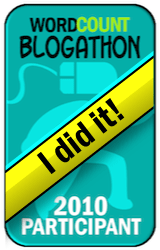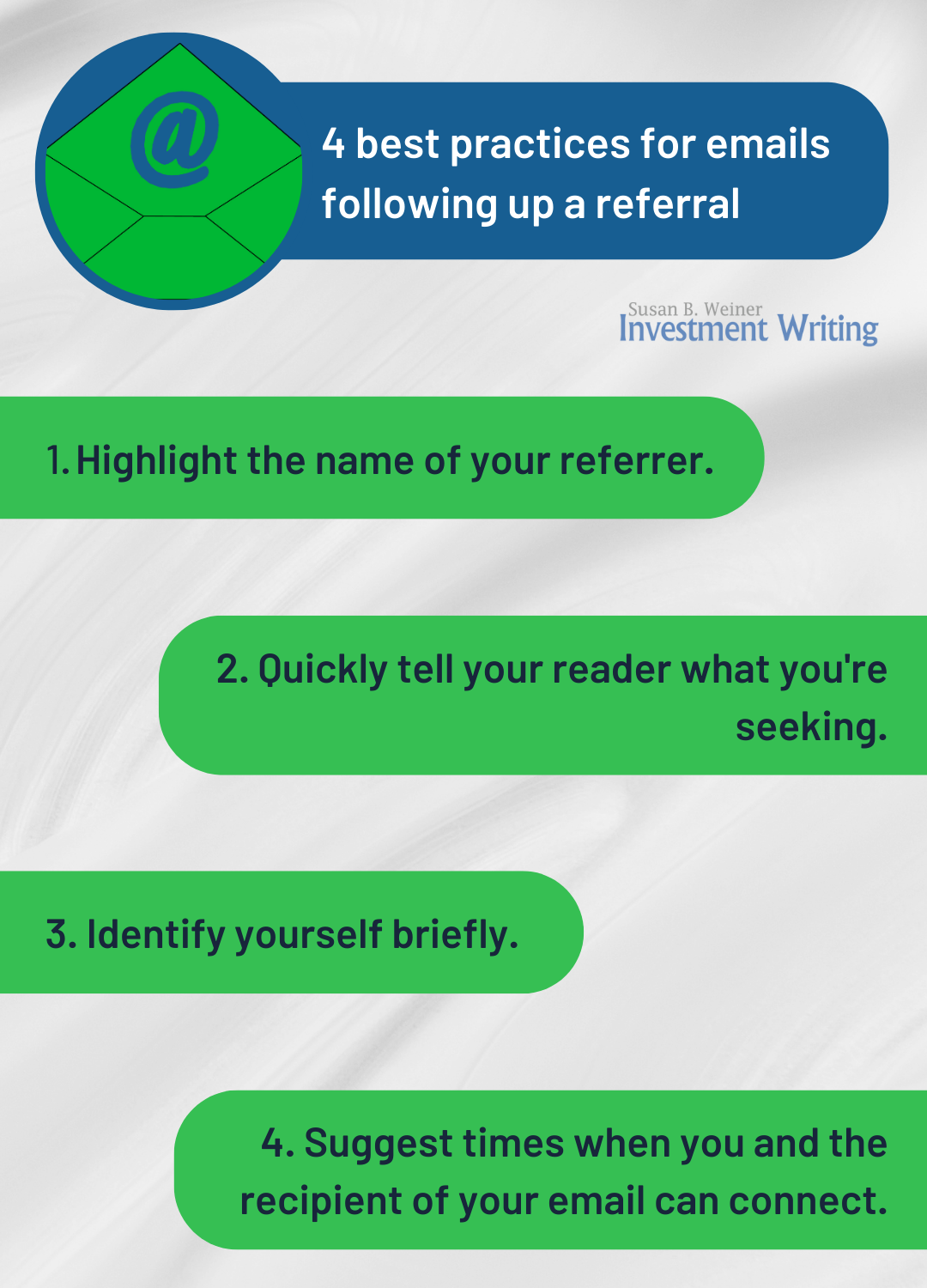Adults often struggle to improve their writing skills. That’s why I’ve become a fan of the teaching techniques of @LindaAragoni. In this article, Linda shares a technique for cutting the number of grammar errors in your written communications.
Correct Grammar Errors in Your Writing Quickly and Easily
By Linda Aragoni
Do you have trouble correcting your writing for grammar errors?
I know I do.
I suspect you do, too.
Here is a simple way to make correcting your writing easy.
First, keep a list of the grammar errors you make regularly. Most people make a few errors repeatedly. An error you make once in five years is no big deal, but a grammar error you make once every five sentences is an error you need to eliminate.
Your teachers probably have told you about your habitual errors for years. Errors like sentence fragments, comma splices, and run-together sentences top the list. Subject-verb agreement errors and problems with pronoun-antecedent agreement are not far behind. Chances are you know how to correct those grammar errors if you see them.
To make sure you see grammar errors so you can correct them, read your completed paper looking for just your most frequent error. If your most common error is writing sentence fragments, scrutinize each group of words between terminal punctuation marks to see if it is a true sentence. Do not worry about anything else when you look for fragments. If you see any other kind of error, highlight it to fix later.
After you finish reviewing your paper for your most common mistake, go through it looking for your second most common error.
Keep doing that one-error-at-a time correction until you have examined your paper for each of your habitual errors.
When you correct for a single error at a time, take a break between errors. Do not try to cram the editing into the hour before a paper is due. If you do your editing in 5-10 minute sessions spread over a day or more, you will do a better job and experience much less stress.
Although this single-minded correction strategy sounds as if it would be terribly time-consuming, it can be done quite quickly. And it pays off quickly, too. If you can eliminate from your writing three errors you make habitually, your writing will show a big improvement immediately.
Linda Aragoni’s one-mistake-at-a-time strategy grew out of teaching grammar study skills to first-year college students using their error-riddled papers as practice exercises. Her e-book Grammar Abusers Anonymous teaches mature high school and adult students how to master grammar without paying tuition. Copyright 2010 Linda G. Aragoni.
____________________
Receive a free 32-page e-book with client communications tips when you sign up for my free monthly newsletter.
Copyright 2010 by Susan B. Weiner All rights reserved




